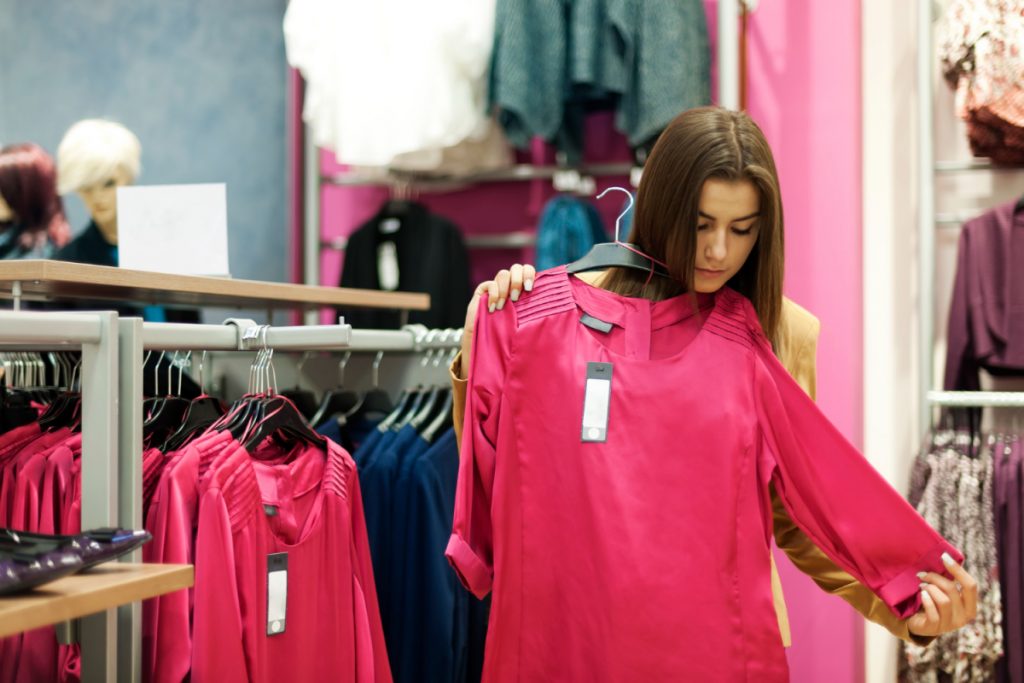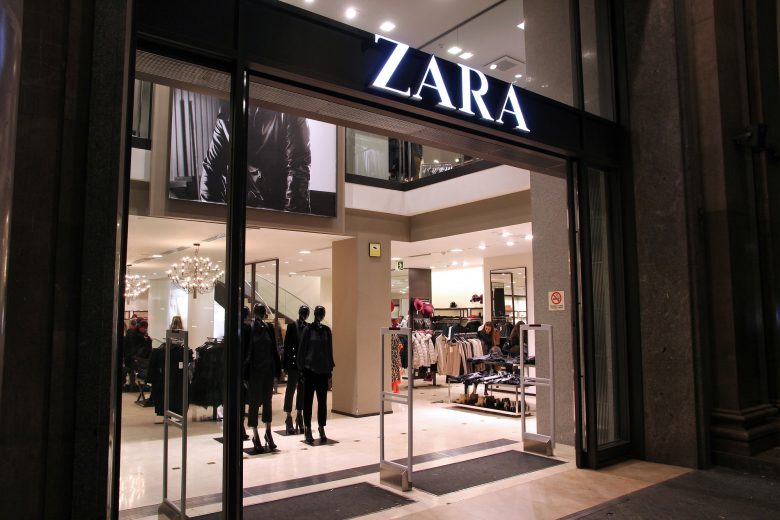Forever 21, Zara, and H&M are all household fast fashion brands at this point. Fast fashion revolutionized the fashion industry in the 1990s, bringing affordable trends to consumers quickly.
As technology continues to change the business landscape, online fast fashion brands such as Shein and Temu have also risen in popularity. In this article we will look at what the fast fashion business model is and some of the advantages and disadvantages this model presents.
What is the Fashion Fashion Business Model?
The fast fashion business model is a strategy to produce and distribute trendy clothing items at a low cost. This is a business model used by clothing brands to quickly respond to emerging fashion trends and consumer preferences. Instead of taking months or years for designer clothing to hit the shelves and only be available to the upper class, fast fashion has delivered an affordable alternative to the regular consumer.
This retail business model has traditionally intertwined with the brick-and-mortar model. However, fast fashion has also navigated its way to e-commerce along with the rest of the fashion industry.
The fast fashion industry focuses on quick production cycles and frequent inventory changes. These businesses have minimized the time it takes for product conception, production, and distribution. This is enabled by streamlining the supply chain and production processes. Fast fashion brands closely monitor social media, runway shows, and street styles to quickly identify emerging trends.
Instead of following the traditional seasonal fashion timeline, fast fashion businesses constantly release new products so they are always providing the latest trends. The ability to stay on top of popular styles and provide affordable options has allowed fast fashion brands to have a major influence over the fashion industry.
Examples of Fast Fashion Brands
- Zara: A leader in the fast fashion industry, Zara is known for its quick turnaround of new styles and trends from the runway to the retail floor.
- H&M (Hennes & Mauritz): This Swedish brand is popular worldwide for its trendy clothing for men, women, and children at affordable prices.
- Uniqlo: A Japanese brand that offers casual wear at affordable prices. It is known for its simple, quality clothing that isn’t necessarily trendy but is functional and well-designed.
- Forever 21: An American company that offers trendy clothing and accessories at low costs, targeting a younger demographic.
- Shein: A Chinese online fast fashion retailer, Shein is popular for its very affordable and trendy clothing, catering mainly to young women and teens.
- Primark: An Irish retailer offering a wide range of clothing, beauty products, and home goods at low prices. Primark is known for its extremely affordable fashion.
Advantages of the Business Model
Affordability and Accessibility
The fast fashion industry has broken down traditional barriers, bringing the latest styles to a wide array of consumers at affordable prices. Fast fashion allows consumers from various economic backgrounds to participate in current fashion trends.
This accessibility is highly appealing to consumers with limited disposable income. Students and the younger generation are the primary target market for the fast fashion industry. Additionally, with the implementation of e-commerce, fast fashion brands can easily reach consumers from all around the world. Fast fashion caters to a large consumer audience that brands can market to.
Continuous Customer Engagement
Because of the frequent turnover, customers are constantly engaging with fast fashion brands. The allure of staying on trend creates an addictive shopping experience, and with the wide variety of clothes that fast fashion brands offer consumers can continue to come back frequently.
Most fast fashion companies switch up their offerings every month or so. This not only allows businesses to stay on top of trends but brings excitement to the customer experience. With the added benefit of affordability, customers can easily revamp their closet with the latest styles without breaking the bank.
High Sales Volume
Another key advantage of the fast fashion business model is the high sales volume. Products are constantly being launched and customers are consistently buying them. It’s a constant cycle that leads to high sales volumes throughout the year.
Capitalizing on changing seasons, holidays, and newer emerging trends, companies can drive sales. Additionally, promotions such as flash sales and BOGO offerings can keep up the momentum. Continuing to provide trendy products keeps fast fashion brands relevant and the customer experience new every time.

Image by gpointstudio on Freepik
Disadvantages of the Business Model
Risk of Overstocking
With products changing constantly, fast fashion brands can run into the risk of overstocking. An excess of unsold products could lead to a loss in revenue. Companies may find themselves needing to mark down products significantly to get them out of the door. It can be a delicate balance between staying on trend and avoiding excess stock. Businesses can invest in trend forecasting and data-driven forecasting to accurately predict changes in customer preferences and buying habits in order to reduce the risk of overstocking.
Product Quality Concerns
Another concern of fast fashion companies is the quality of clothes they produce. In order to quickly bring new trends to market, some companies end up cutting corners on materials and assembly. Stitching that unravels, fabrics that lose their shape, and colors that fade prematurely become all too familiar issues.
This not only hurts the overall customer experience but can also deter repeat business. Consumers can grow wary of a brand’s commitment to providing durable and lasting products. Fast fashion brands that prioritize durability and quality control can not only mitigate the risk of losing brand loyalty but also contribute to a more responsible fast fashion industry.
Environmental Impact
There has also been more awareness of sustainable business practices. Fast fashion is a major culprit in pollution, waste, and deforestation. The rapid production and turnover of clothes result in major resource consumption and waste. This has caused a backlash against this particular section of the fashion industry.
Landfills flow with clothing that is often composed of synthetic materials, further compounding the impact on the environment as these materials are broken down slowly. As the demand for sustainable practices grows, fast fashion brands have the opportunity and responsibility to redefine their approach. For example, H&M implemented a recycling program for their clothes to reduce waste.
Ethical Concerns
Fast fashion brands have come under fire before for their labor practices. In order to keep costs low, companies often rely on outsourcing their production process to other countries. Workers in these countries often face lower wages, unsafe working conditions, and fewer rights.
Some fashion brands subcontract certain production processes, and it can be harder for them to ensure ethical processes at every step. Implementing transparent supply chains and committing to working with countries with fair labor laws can ensure companies are producing products ethically.
Conclusion
Being able to meet diverse consumer needs and keeping pace with rapidly evolving trends, fast fashion has become a dominant player in the fashion industry. While the fast fashion business model continues to see success, brands must also work to address the many concerns around this business model to ensure sustainable practices in the long run.











